Ever wondered how a single feather can tell the story of a world long gone? Fossilized feathers are like time machines—each delicate strand whispering secrets of ancient skies, vanished forests, and the birds that soared before us. Come explore a gallery where every image and caption reveals a new marvel from the pages of Earth’s deep history.
The Dazzling Plumage of Archaeopteryx
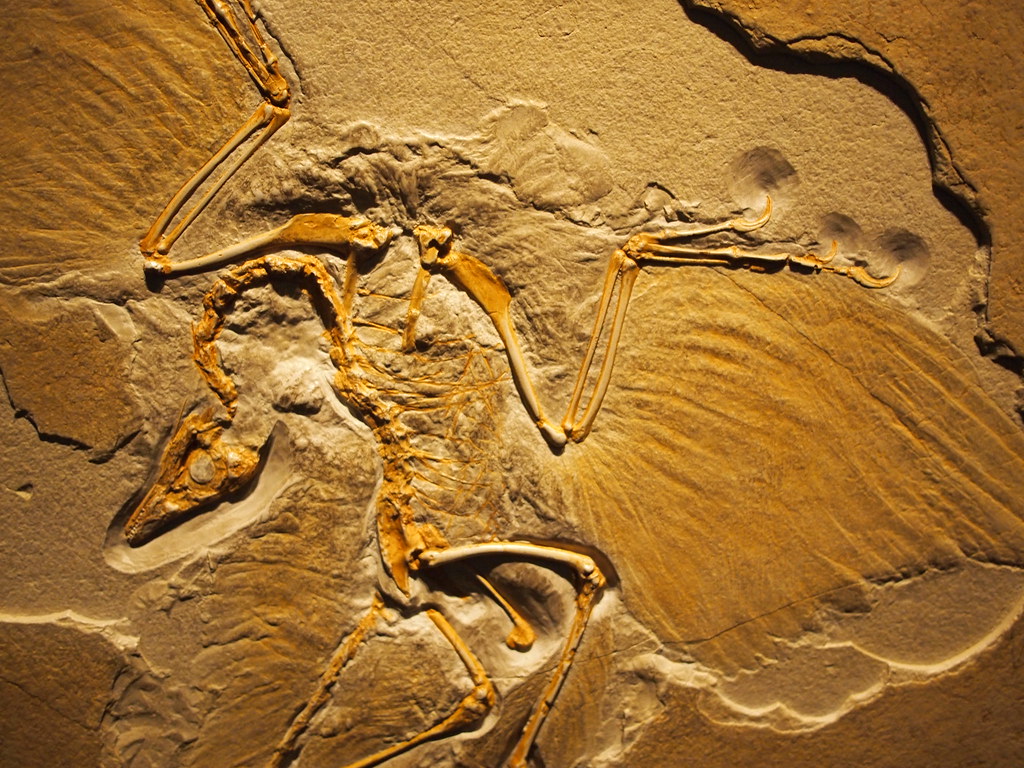
The iconic Archaeopteryx, discovered in Germany’s Jurassic limestone, flaunts fossilized feathers that shimmered with hints of black and blue. These intricate imprints suggest this “first bird” could regulate its temperature—a sign of warm-bloodedness during a time when lush, tropical forests blanketed Europe.
Microraptor’s Four-Winged Flight
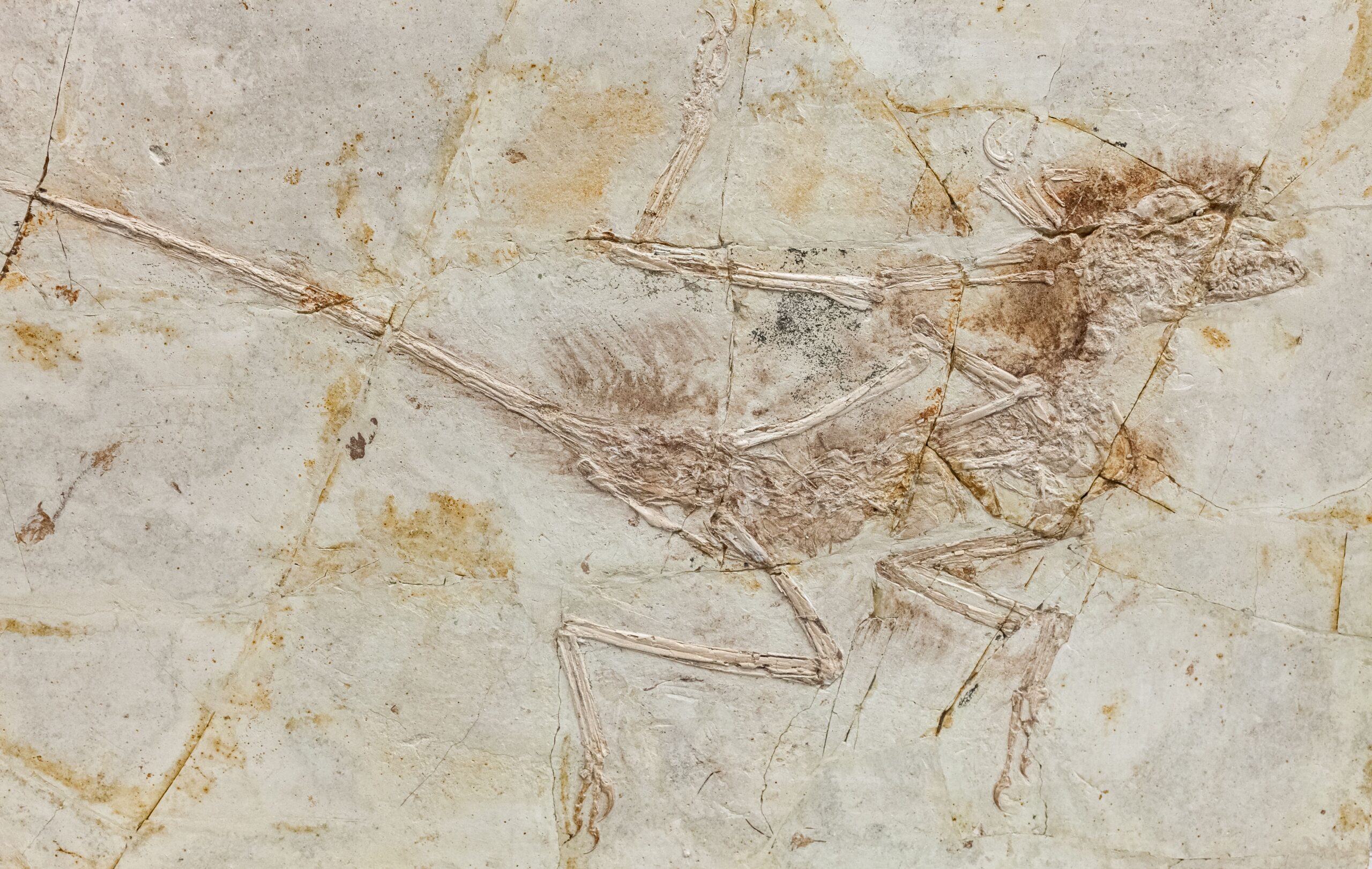
Microraptor gui, unearthed in China’s Liaoning Province, sports long, iridescent feathers on both arms and legs. This small dinosaur’s unique four-winged design hints at agile gliding through humid, ancient forests, shining a light on early experiments in flight and the climate that made such adaptations possible.
Sinosauropteryx and the Tale of a Striped Tail
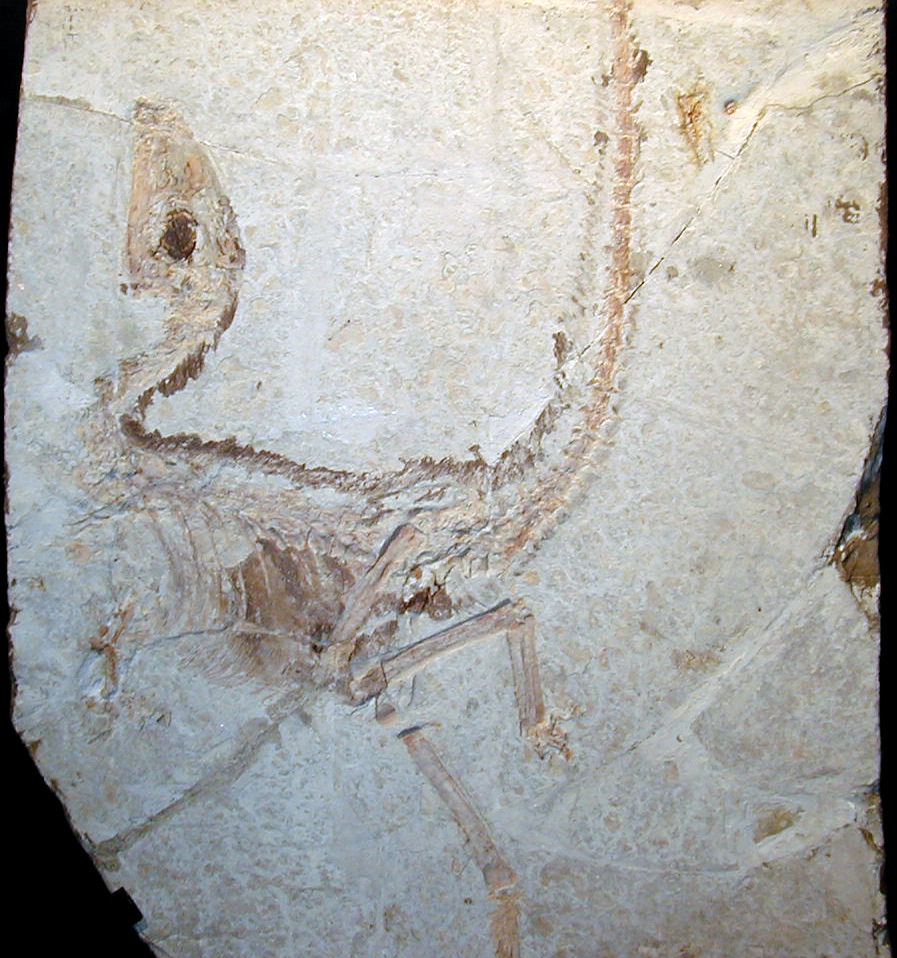
Sinosauropteryx prima’s fossil, with its ringed, ginger-colored tail, is a vivid clue to color evolution. The fossil’s pigment structures reveal a landscape of sun-dappled shrubs and open plains during the Early Cretaceous, where camouflage was a ticket to survival.
The Amber-Preserved Feathers of Myanmar
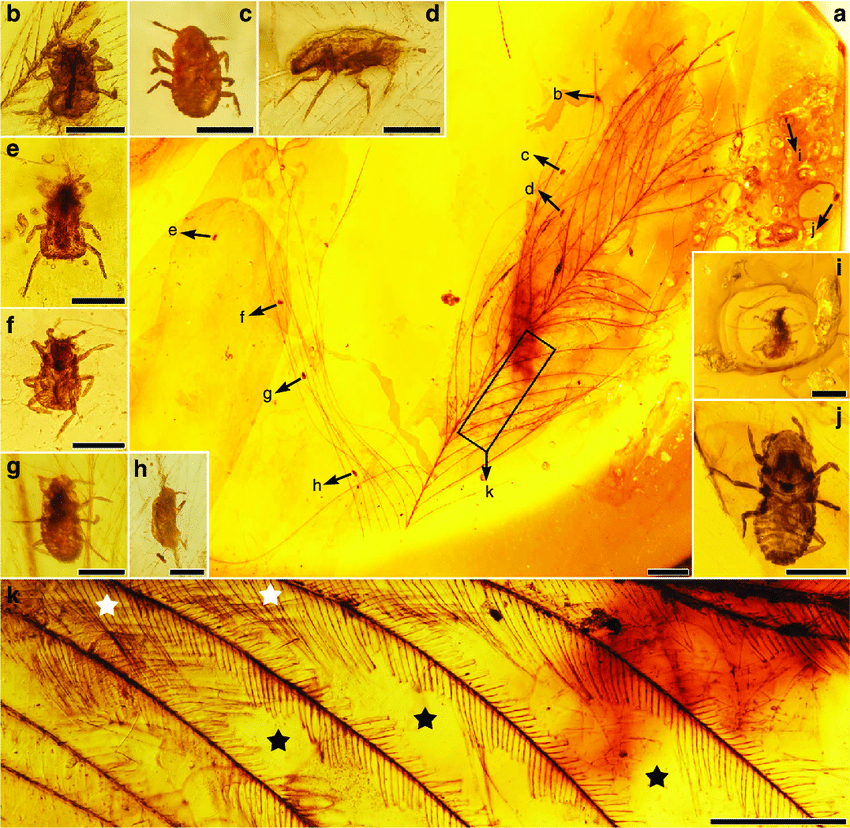
A breathtaking chunk of 99-million-year-old amber from Myanmar cradles a tiny, barbed feather from an enantiornithine bird. This fossil shows off the incredible preservation that tropical climates can offer—capturing vibrant colors and even traces of ancient parasites.
Confuciusornis and Its Elegant Tail Streamers
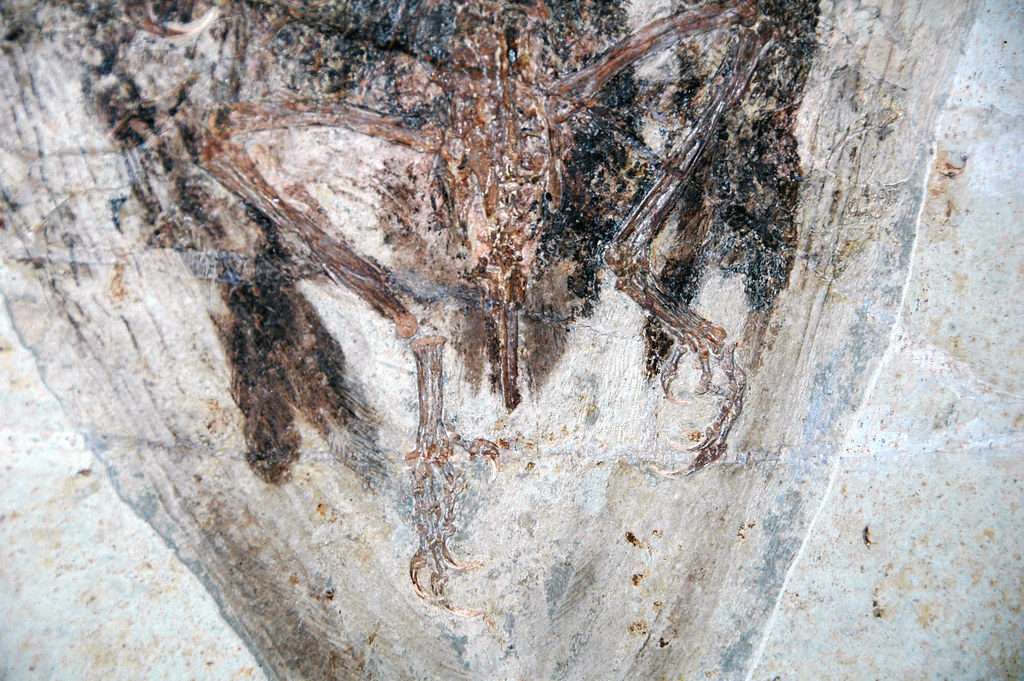
The Confuciusornis sanctus, found in Early Cretaceous China, is renowned for its twin ribbon-like tail feathers. These streamers, likely used for courtship, suggest a world with seasonal wet and dry cycles, where displays of beauty were as important as survival.
The Fluffy Down of Anchiornis
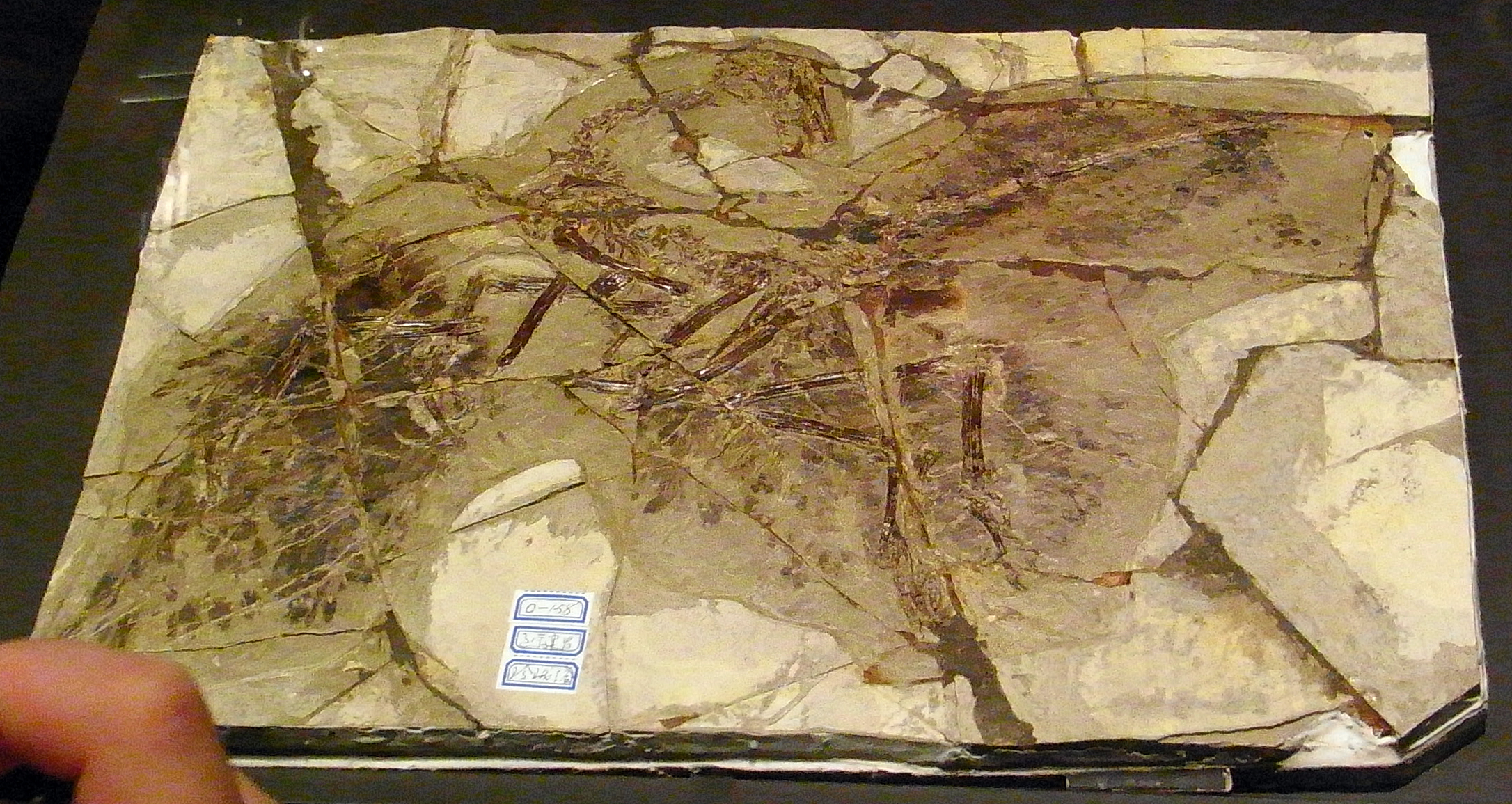
Anchiornis huxleyi, another marvel from Liaoning, preserves delicate downy feathers and a mohawk of bristles. The insulating fluff hints at cool, possibly temperate climates where warmth was essential, and the vibrant red crest suggests a world as colorful as it was cold.
Caudipteryx and the Feathered Fan
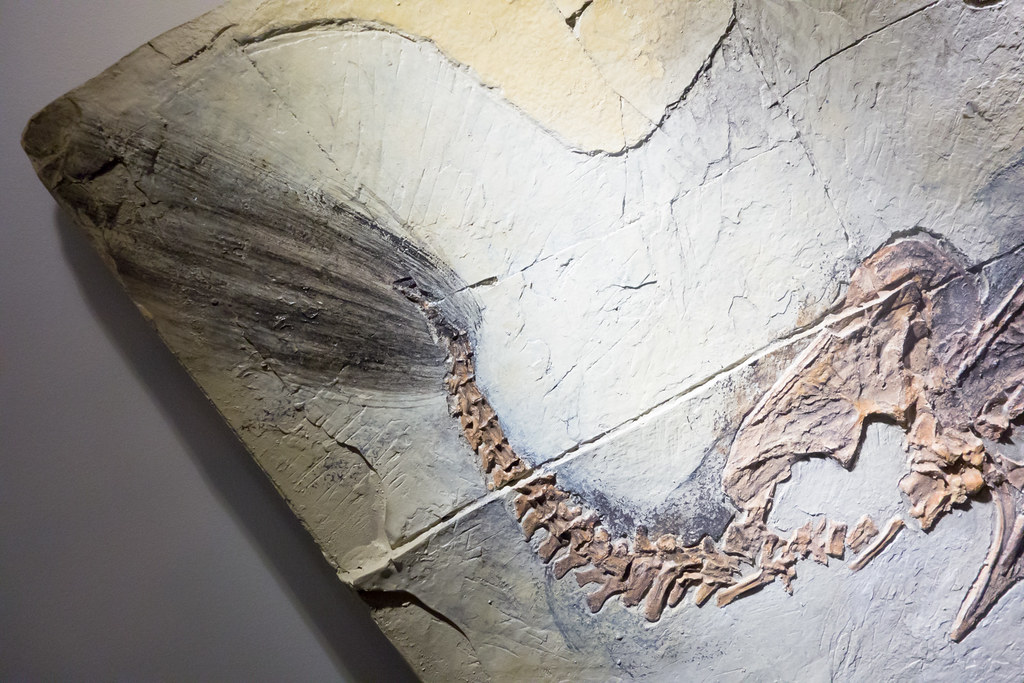
Caudipteryx zoui, a turkey-sized dinosaur, displays a spectacular fan of symmetrical tail feathers. These fossils reveal adaptations for both show and thermal regulation, painting a picture of a dynamic, semi-arid landscape dotted with lakes and rivers.
Polar Feathers of Vegavis from Antarctica
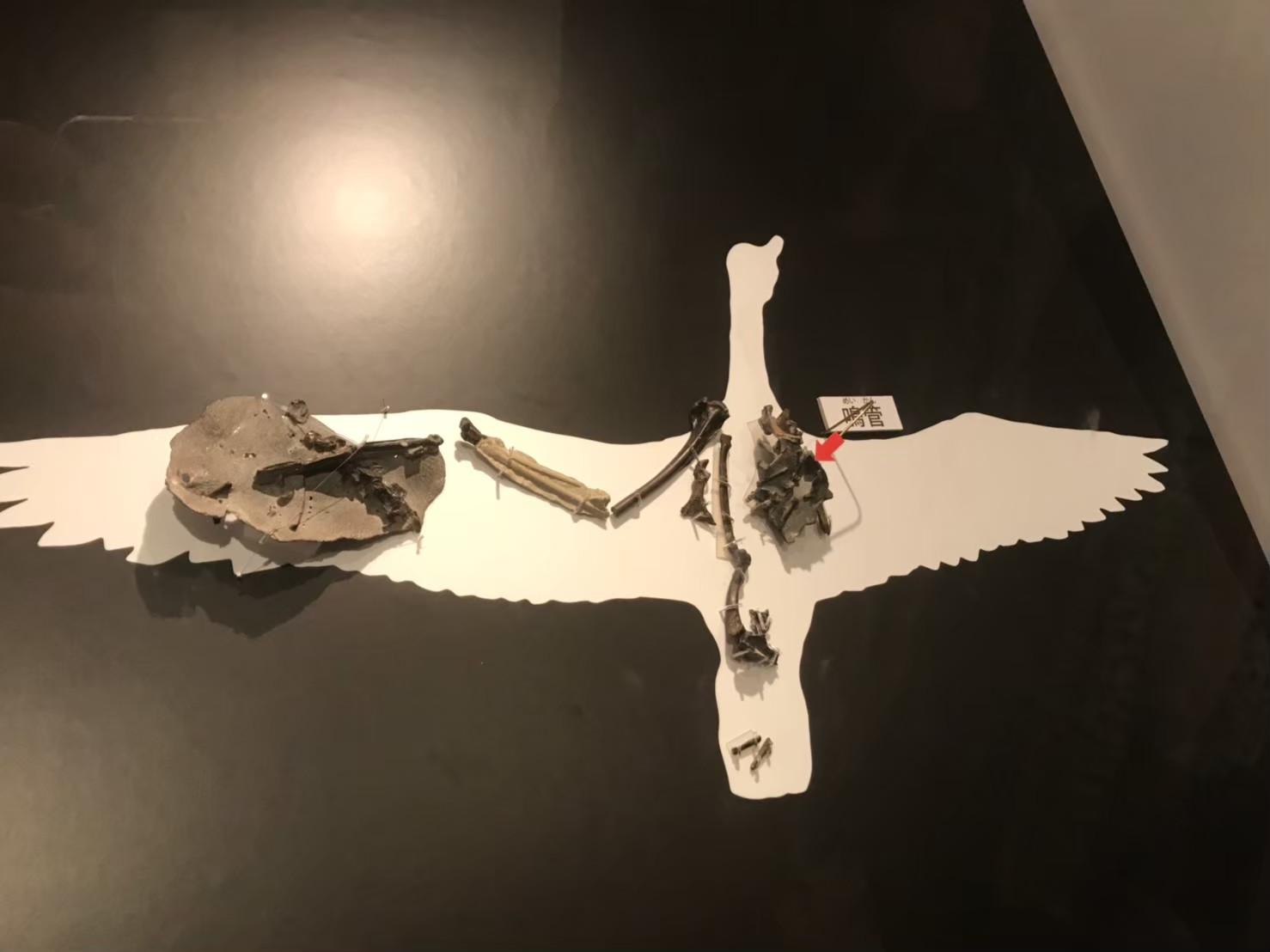
Vegavis iaai, found on Vega Island in Antarctica, is one of the few bird fossils from near the South Pole. Its preserved feather impressions hint that even in the Cretaceous, polar regions could support bird life—suggesting a warmer, wetter Antarctica than today.
The Peacock-Like Feathers of Jianianhualong
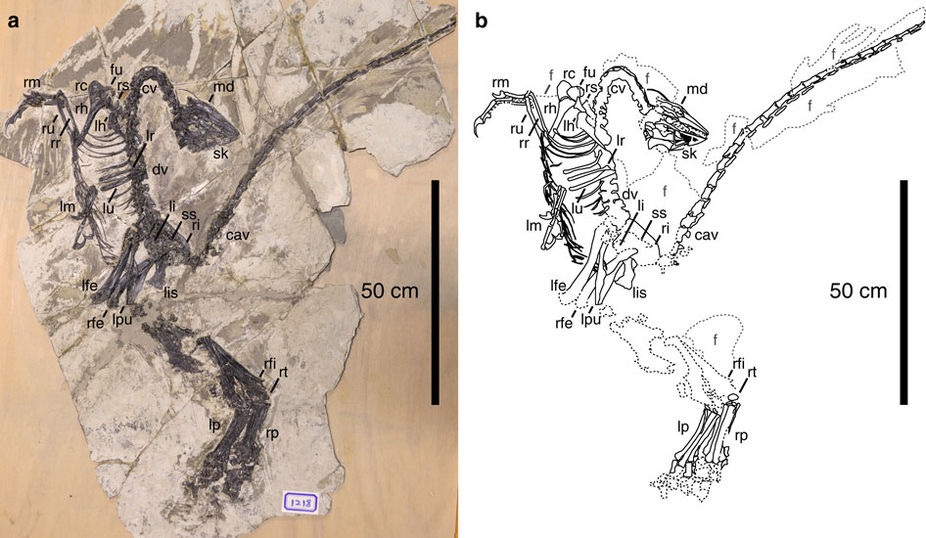
Jianianhualong tengi, a feathered dinosaur from China, showcases asymmetrical tail feathers similar to modern birds. Their structure hints at early aerodynamic functions and a habitat with open woodlands and seasonal rainfall, full of visual drama and surprise.
The Striking Patterns of Eoconfuciusornis
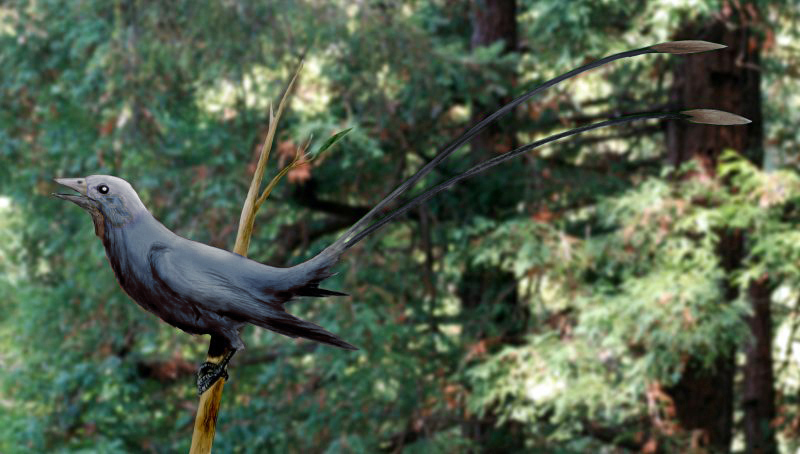
Eoconfuciusornis zhengi, among the oldest beaked birds, wows with patterned wing feathers fossilized in exquisite detail. These markings reveal not just beauty, but the presence of varied habitats with shifting climates, where visual signals mattered as much as flight.
Colorful Melanosomes in Anchiornis
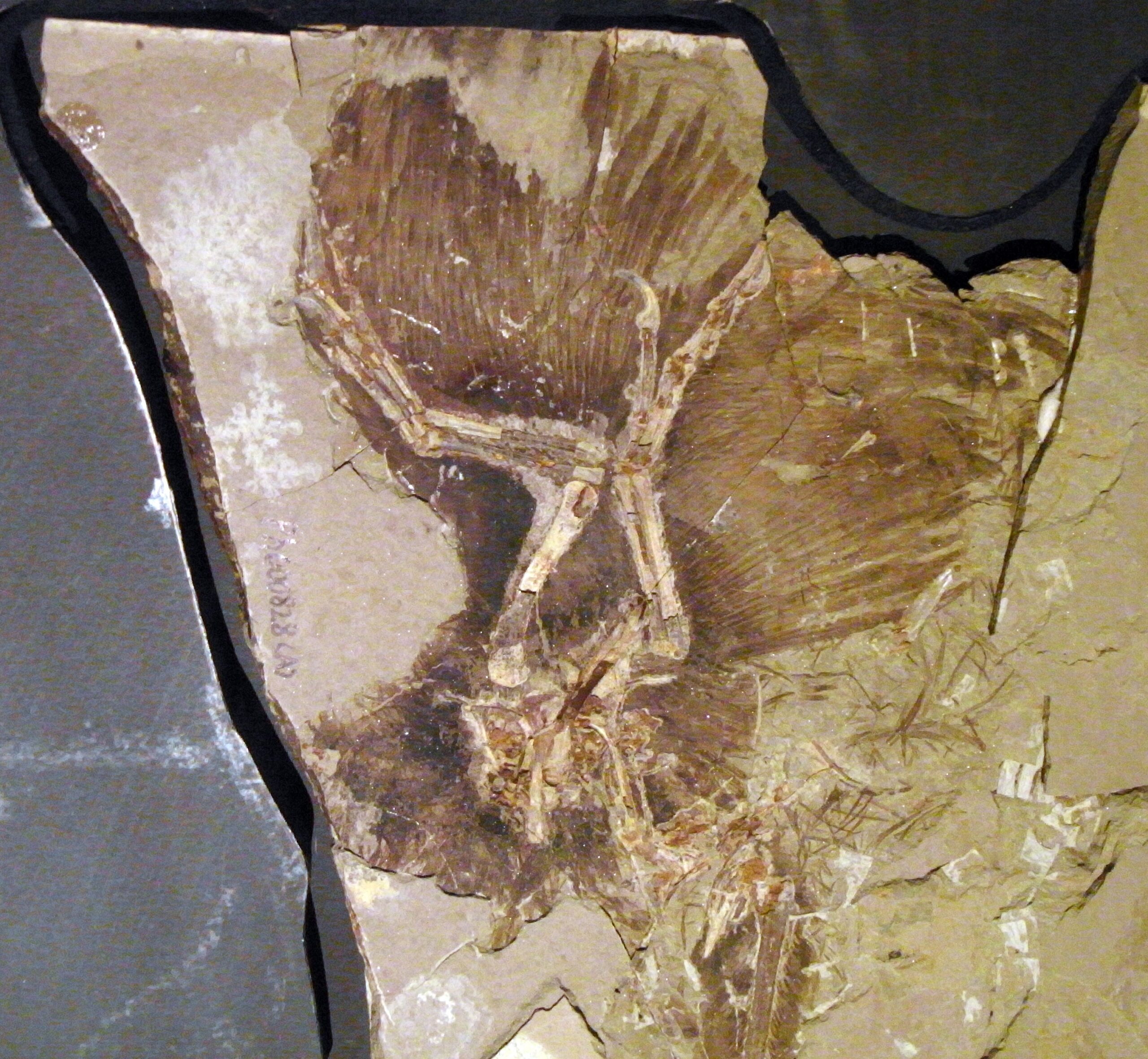
Tiny structures called melanosomes in Anchiornis’ feathers let scientists reconstruct its color—a black-and-white body with a rusty crown. These colors suggest a landscape rich with visual cues, where climate and light shaped both predator and prey interactions.
Gansus and the Aquatic Adaptation
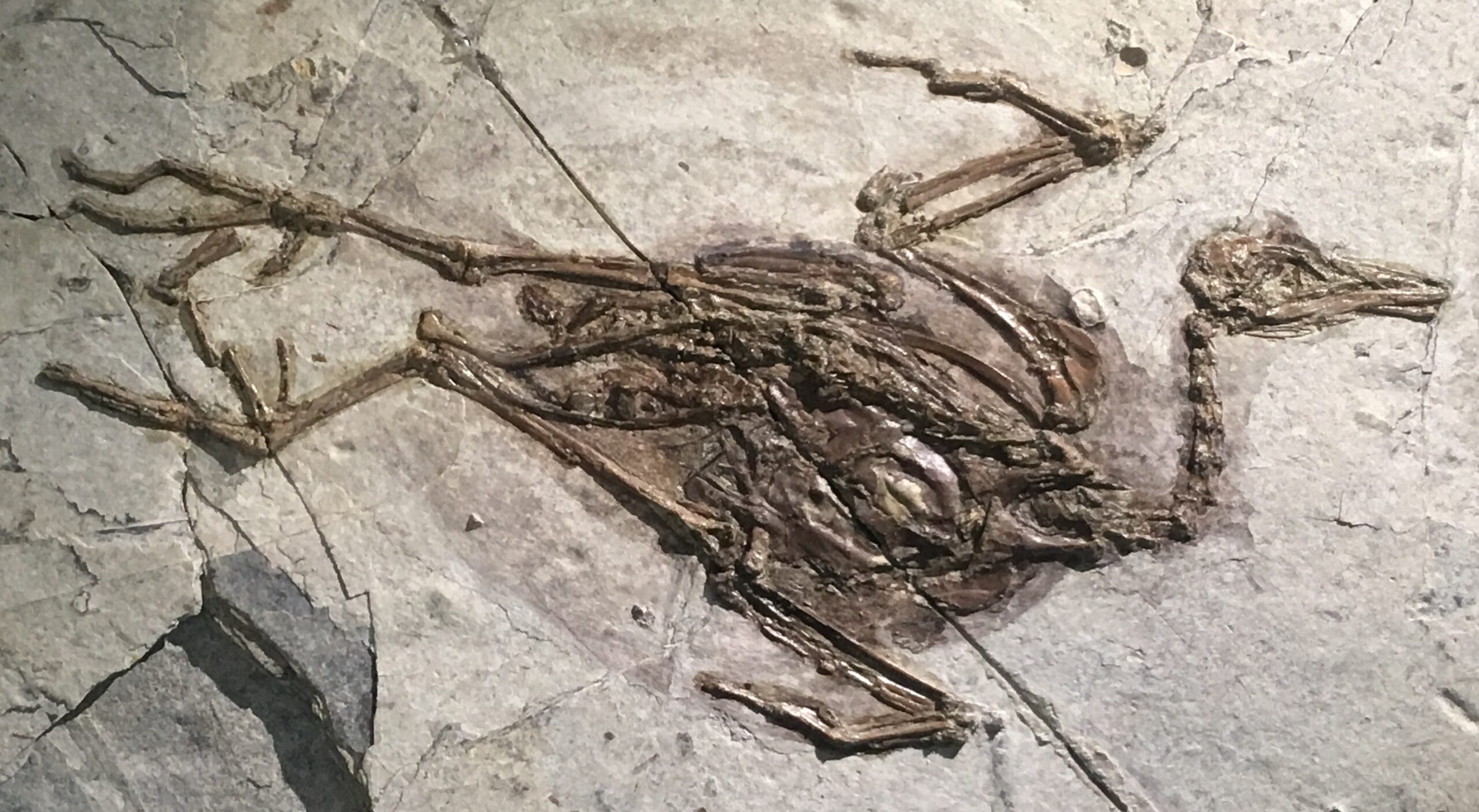
Gansus yumenensis, from Early Cretaceous China, offers webbed feet and waterproofed feather fossils. Its aquatic lifestyle signals the presence of ancient lakes and wetlands, painting a picture of climates much like modern marshes—teeming with life and seasonal change.
Enantiornithine Diversity in the Gobi Desert
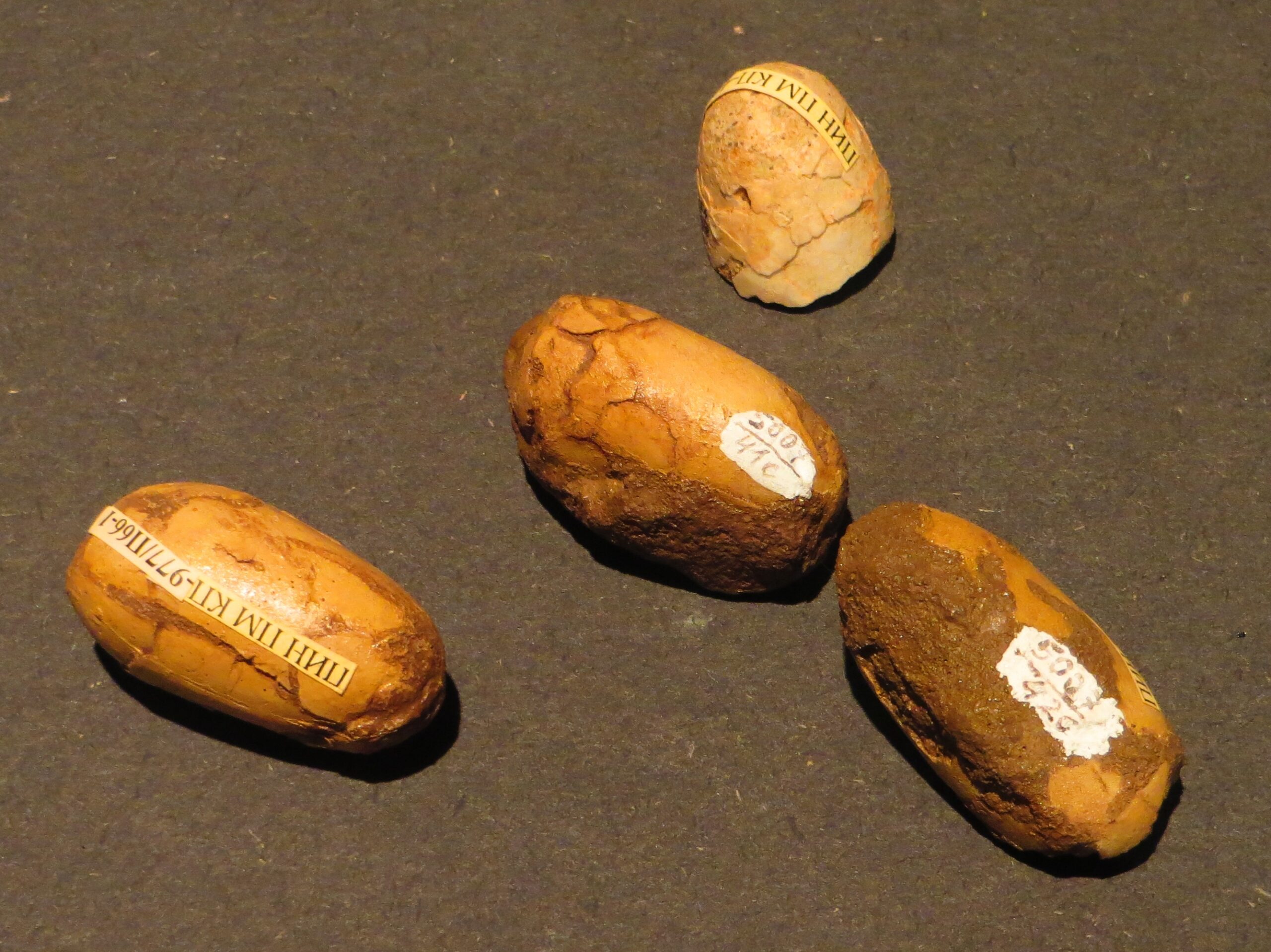
The fossil record of enantiornithine birds from Mongolia’s Gobi Desert preserves complex feather patterns. These birds lived during the Cretaceous, when the desert was dotted with rivers and oases, reflecting a climate that balanced drought with sudden abundance.
The “Tail Brush” of Epidexipteryx

Epidexipteryx hui, a tiny dinosaur from Inner Mongolia, boasted long, ribbon-like tail feathers unlike any modern bird. These “tail brushes” suggest a forested world where dramatic displays played out under shifting canopies and gentle rains.
Fossil Penguins of New Zealand
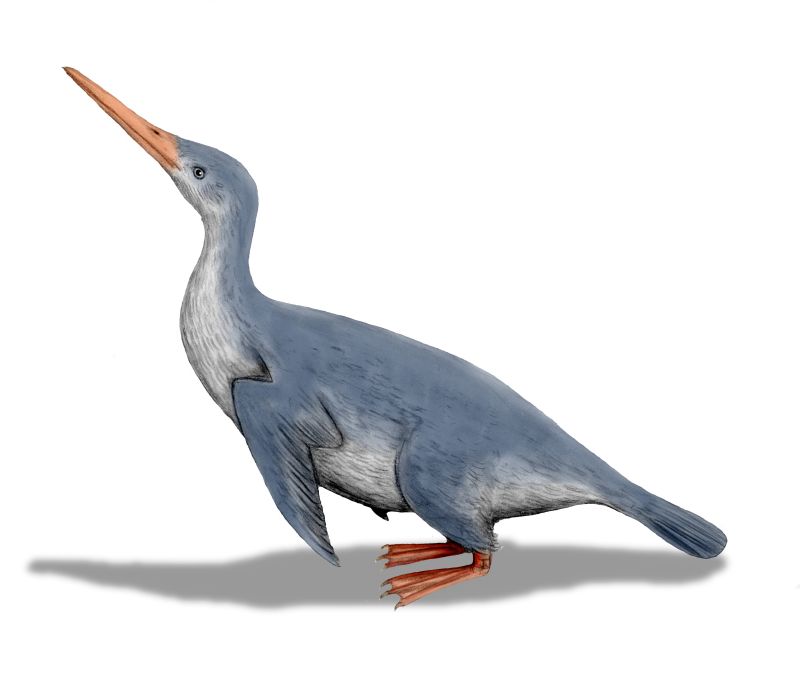
Ancient penguin feathers from the Paleocene of New Zealand show banded patterns and dense insulation. These clues tell of sub-tropical coastlines, where early penguins thrived in waters much warmer than today, adapting as climates cooled over millions of years.
Yanornis: Fish-Eater With Streamlined Feathers
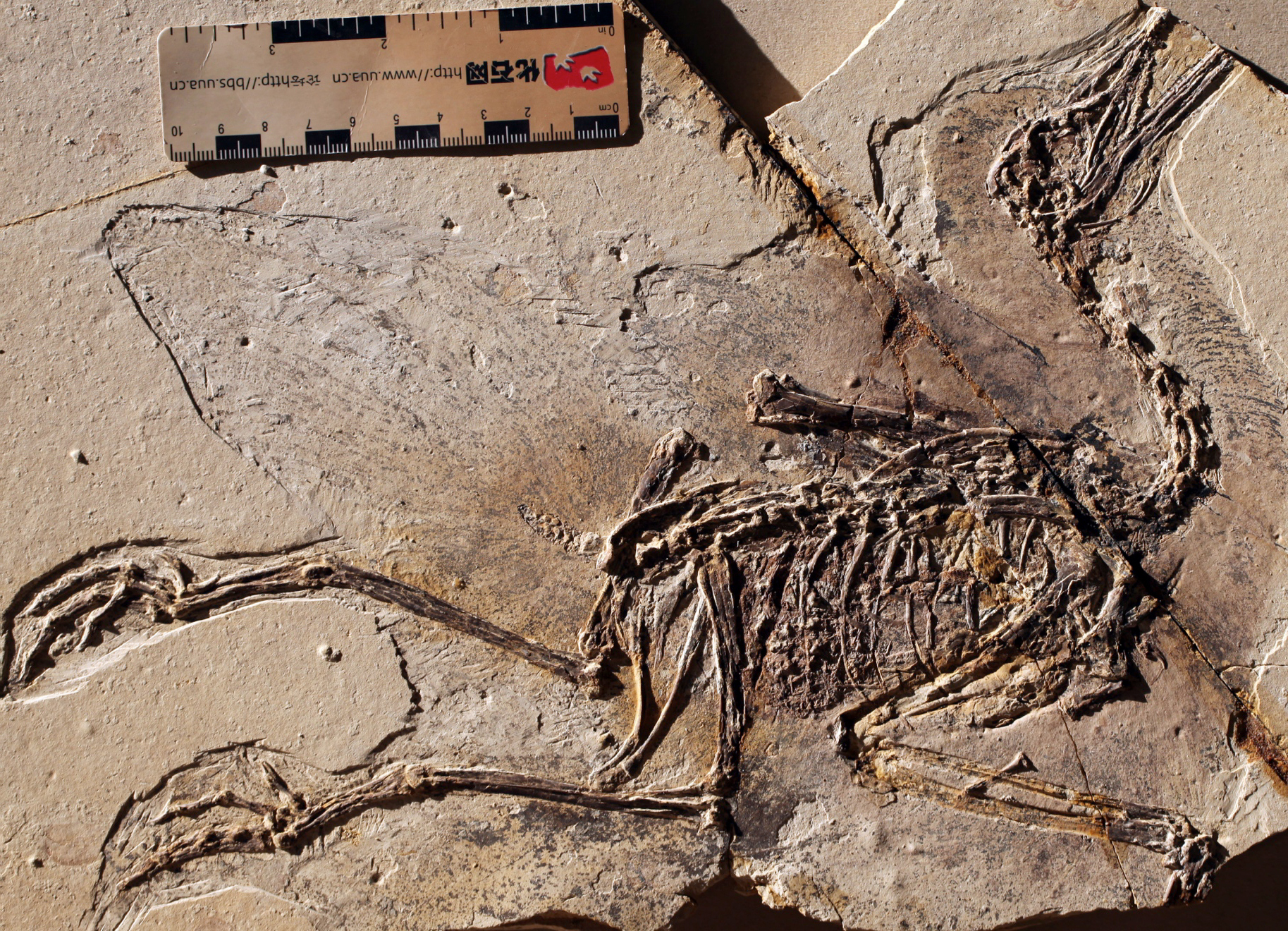
Yanornis martini, an early bird from China, sports streamlined feathers ideal for fishing in vast, freshwater lakes. The fossil’s adaptations point to lush, seasonal environments where water and sky were always in flux, and survival meant being swift and sleek.
Feathered Giants: The Preserved Quill Knobs of Dakotaraptor
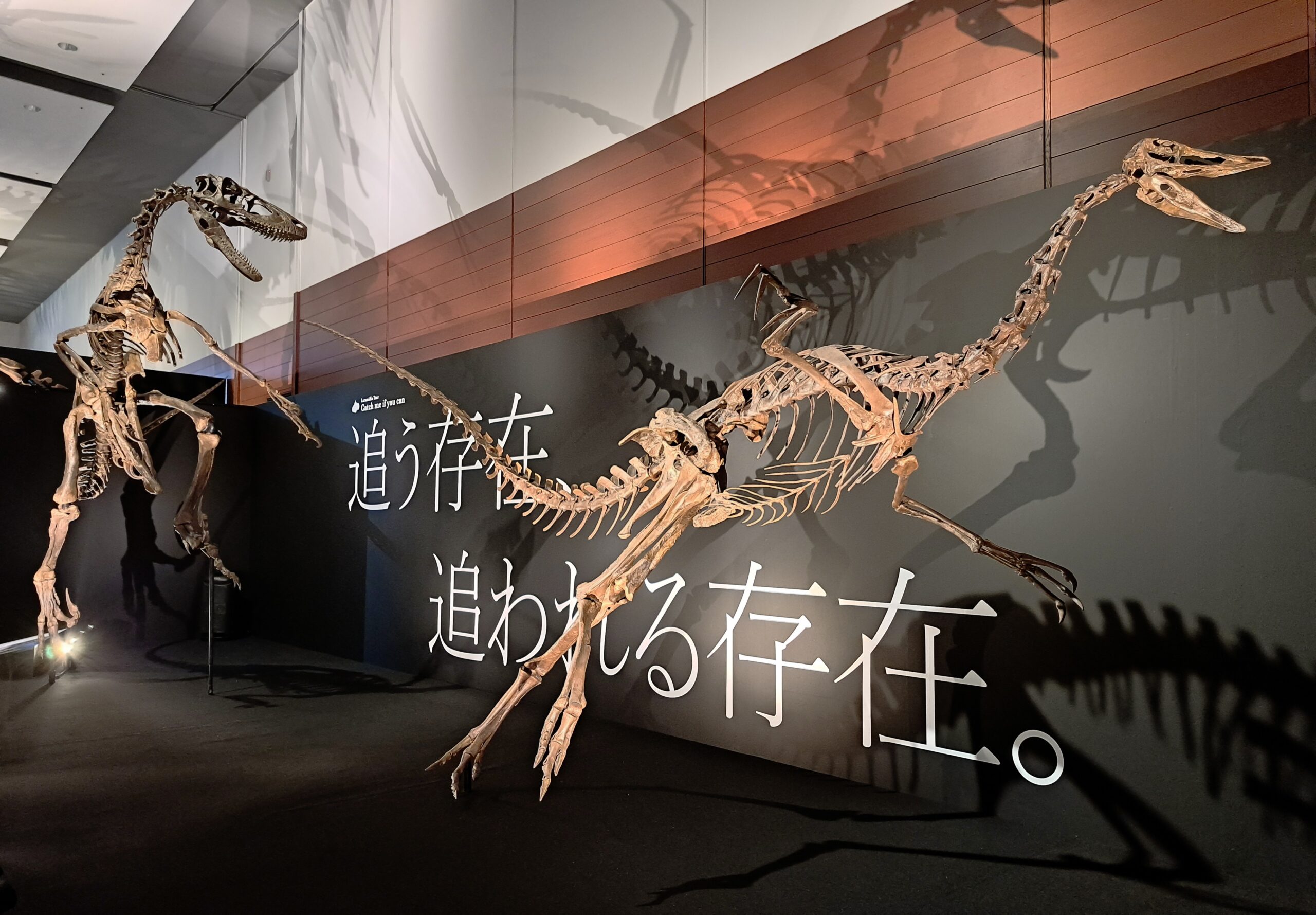
Dakotaraptor steini, a massive raptor from North America, preserves clear quill knobs—anchors for powerful flight feathers. These adaptations suggest open floodplains and shifting climates, where speed and aerial ability were key to thriving in a changing world.
Jeholornis and the Seeds of Change
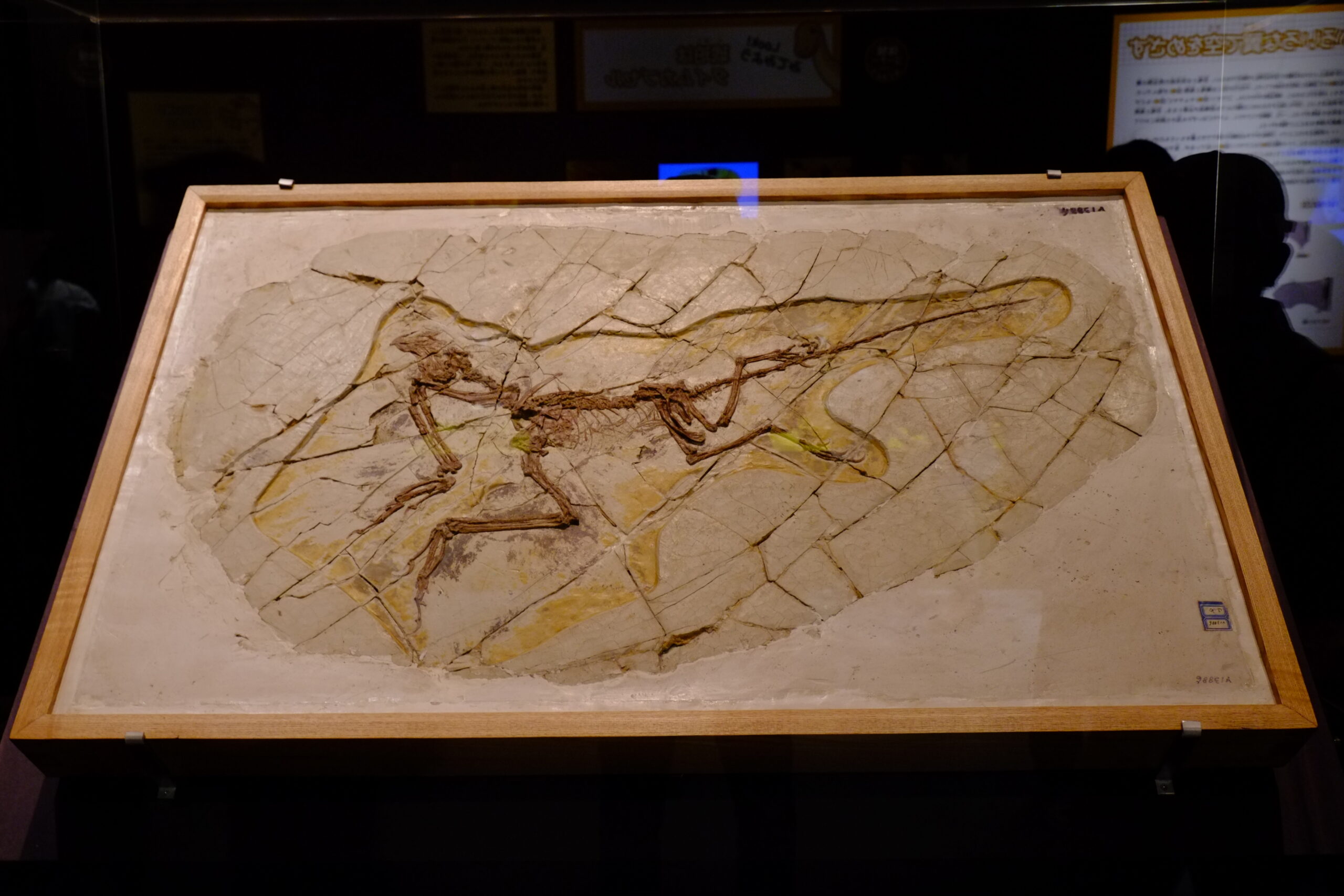
Jeholornis prima, with its long tail and simple feathers, is often found alongside fossilized seeds. This points to a diverse, forested habitat in Early Cretaceous China, where seasonal cycles and climate shifts drove both bird evolution and the spread of flowering plants.
